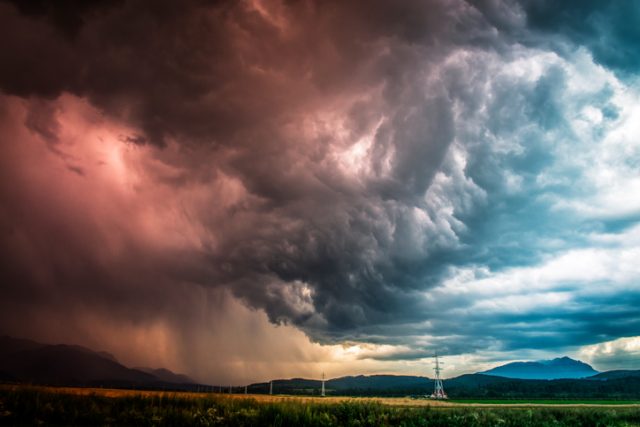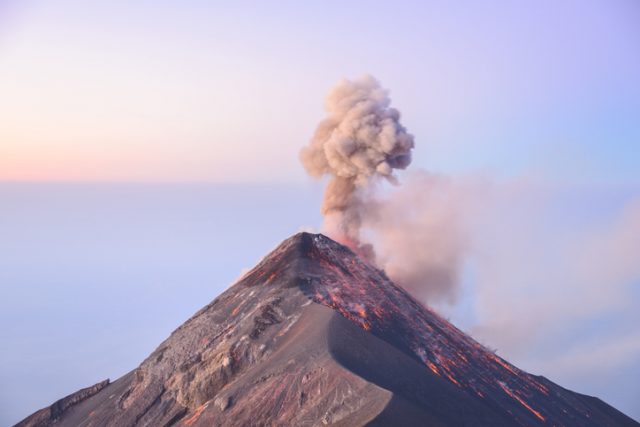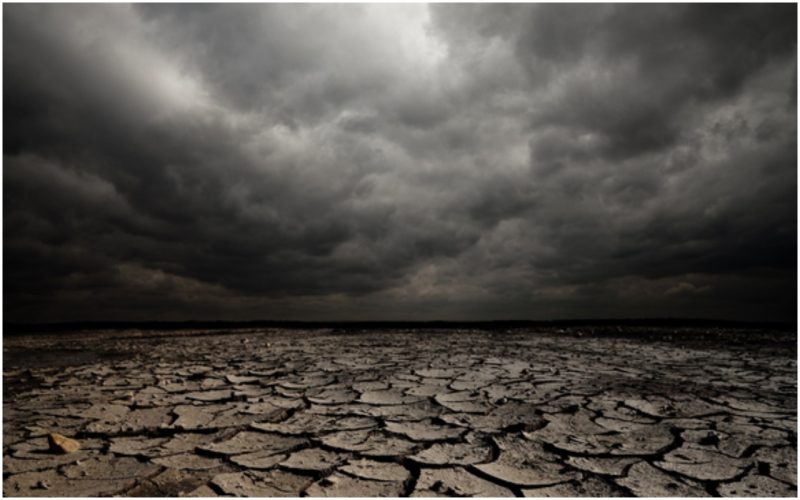In the summer of 536, a strange cloud appeared in the skies over much of Southern Europe, North Africa, and Western Asia. Sometimes referred to as “a veil of dust,” something plunged the Mediterranean region and many other areas of the world into gloomy years of cold and darkness.
This foreboding change was recorded by the Byzantine historian Procopius. “For the sun gave forth its light without brightness, like the moon, during this whole year.” Procopius also wrote of disease and war resulting from the blocking of the sun’s light.
A Syrian scribe described the change as “…the sun began to be darkened by day and the moon by night, while ocean was tumultuous with spray.” Gaelic Irish records describe a “failure of bread” in the year 536.
For many years, historians and scientists have wondered what may have caused Procopius and others to record notable differences in weather. Modern research has provided some interesting theories.
Much of the rest of the world seems to have been impacted by the cloud as well, at least in the northern hemisphere. Studies of tree rings between 536 and 551 show less tree growth in China, Europe, and North America. Less solar radiation reaching the earth resulted in lower temperatures and abnormal weather patterns. The results for humans included lower food production output, famine, as well as increased social and political disruption.

There were specific events recorded that were likely related to the ominous cloud. A deadly pandemic swept through the Byzantine Empire in 541-542, that became known as the Justinian Plague. Estimates are that up to a third of the population perished during the outbreak. Procopius described some of the horrible symptoms as fever and swelling all over the body.
In 536 China, there was famine and drought with many deaths, as well as reports of “yellow dust that rained down like snow.” At the same time, Korea faced massive storms and flooding. Unusually heavy snowfalls were noted in Mesopotamia.
Scandinavia seems to have been particularly hard hit. Archaeological evidence indicates that almost 75 percent of villages in parts of Sweden were abandoned in these years. One theory is that this displacement of people was a catalyst for later raids by Vikings seeking more fertile land in other parts of Europe and beyond. A Norse poem of the time reads, “The sun turns black, earth sinks in the sea. Down from heaven, stars are whirled.”
The severe weather may have impacted other historical trends. Among them is the migration of Mongolian tribes westward, the fall of the Persian Sassanid Empire, and the rise and rapid expansion of Islam.
Some historians mark these specific changes in weather patterns as contributing to the historic transition from antiquity to the beginning of the era of the Dark and Middle Ages. It certainly emphasizes the impact rapid climate change may have had on human populations.
What could have caused such a sudden and dramatic change in weather? Experts are divided, and we may never know the whole answer. One theory is that the climate around the world changed based on one giant volcanic eruption, possibly from Central America. This could have resulted in a layer of ash and dust covering the skies of much of the planet.
Another suggestion is that there were two large volcano blasts within a couple of years of each other, specifically in 536 and 540, causing darkness and cold around most of the world. Clouds of smoke and debris from massive volcanic fires could have spread rapidly.

Evidence of volcanic eruptions was backed up by material found in both the North and South Poles. In both Antarctica and Greenland, sulfate deposits have been discovered dating back to the mid-6th century.
A third theory contemplates the impact of a comet or meteorite crashing into the Earth. Or the possibility of a near miss from a comet passing by that could have left thick dust clouds of particles in the atmosphere. Experts generally think this explanation is less plausible than that of volcanic eruptions.
Whatever the cause, people living at the time noticed and recorded a rapid change in nature. Human populations around the earth were disrupted and to many it would have felt like the world were coming to an end.
